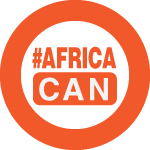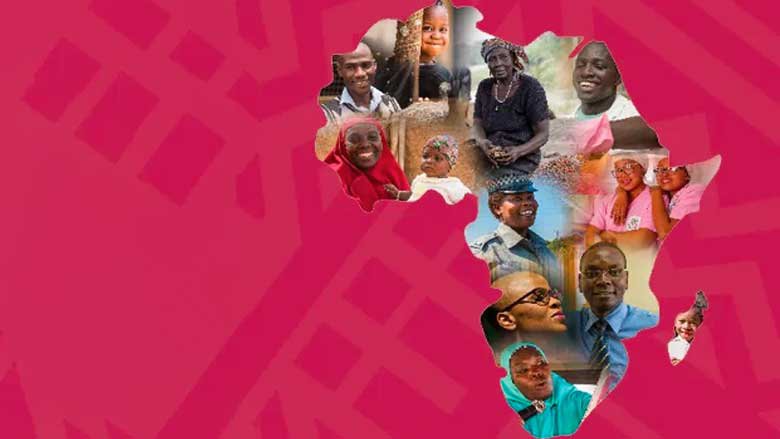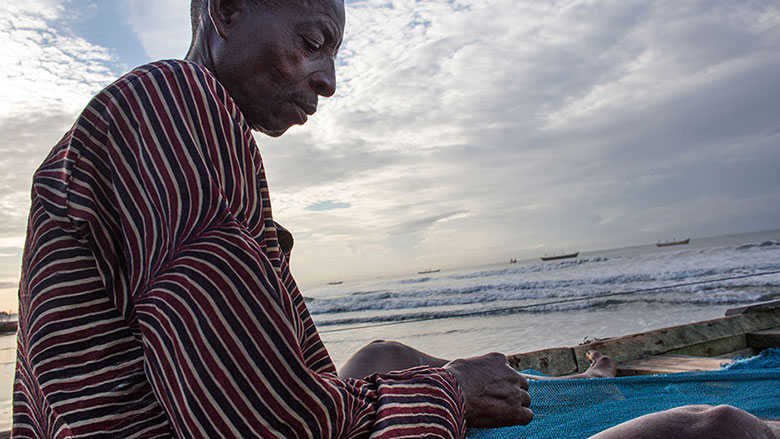Uganda is a low-income country with a population of 45.9 million (2024), although the UN Population Division’s estimate is 50 million. Half the population is under 18, making it one of the youngest countries in the world. Located on the East African Plateau, landlocked Uganda straddles the equator and shares borders with Kenya, Tanzania, Rwanda, South Sudan, and the Democratic Republic of Congo. It has a greatly varied landscape ranging from savanna to snow-capped mountains and boasts numerous lakes, including a significant portion of Lake Victoria, the world's second-largest freshwater lake.
With ample arable land, the economic mainstay remains agriculture, accounting for 24% of GDP and employing about 72% of the labor force. Top foreign exchange earners include gold, coffee, tourism, and remittances from Ugandans living and working abroad. Apart from gold, the country has sizeable deposits of minerals such as copper, cobalt, iron, and rare earth elements. In partnership with French energy giant TotalEnergies and China National Offshore Oil Corporation, Uganda plans to begin exporting crude oil towards the end of 2026.
The country started implementing its Fourth National Development Plan (NDP IV) in July 2025. The plan will guide national development over the next five years under the theme of “sustainable industrialization for inclusive growth, employment, and wealth creation.”
The government plans to improve competitiveness by promoting a rapid uptake in science, technology, and innovation in the following growth areas: full monetization of the economy; value addition and industrialization; agriculture; tourism development; mineral-based industrial development; ICT; and finance.
ECONOMY
Uganda’s economy has been resilient, although the slow pace of reforms, along with rising fiscal deficits, public debt, and interest payments have constrained progress and increased vulnerabilities. Growth accelerated to 6.3% in FY2024-2025, up from 6.1% the previous year, supported by recovering household consumption, a surge in public spending, robust investment growth, and rising coffee exports. Broad-based growth was further supported by strong domestic demand, with agriculture, manufacturing, construction, and trade services contributing the most while also driving higher imports.
Inflation remains below the central bank’s 5% target. Low inflation was supported by low food prices, easing global energy prices, a stable exchange rate, and a tight monetary policy stance. Growth is projected to remain steady in FY2025-2026 as declining oil-related investment is offset by a slowdown in imports and a robust export performance; an acceleration is expected in FY2026-2027 as oil production begins. Poverty, using the international poverty line measurement, is projected to decline to 56% in FY2024-2025 (from nearly 60% in 2020).
Tax revenue growth has not kept up with spending, which has increased fiscal vulnerabilities and undermined the government’s capacity to invest in human capital development. Underinvestment in health and education has fueled a persistent human capital deficit. Job creation is not keeping pace with the rising working-age population, and available jobs are mostly informal and low-skilled. To boost economic growth and reduce poverty, structural transformations must accelerate, moving workers into productive jobs while raising productivity in the agricultural sector, which employs most of the poor. Reforms should lower business costs, expand access to finance, and encourage digital innovation to spur private investment. The much-needed fiscal consolidation should prioritize social spending, reduce inequality, and build resilience.
Last Updated: Oct 06, 2025







